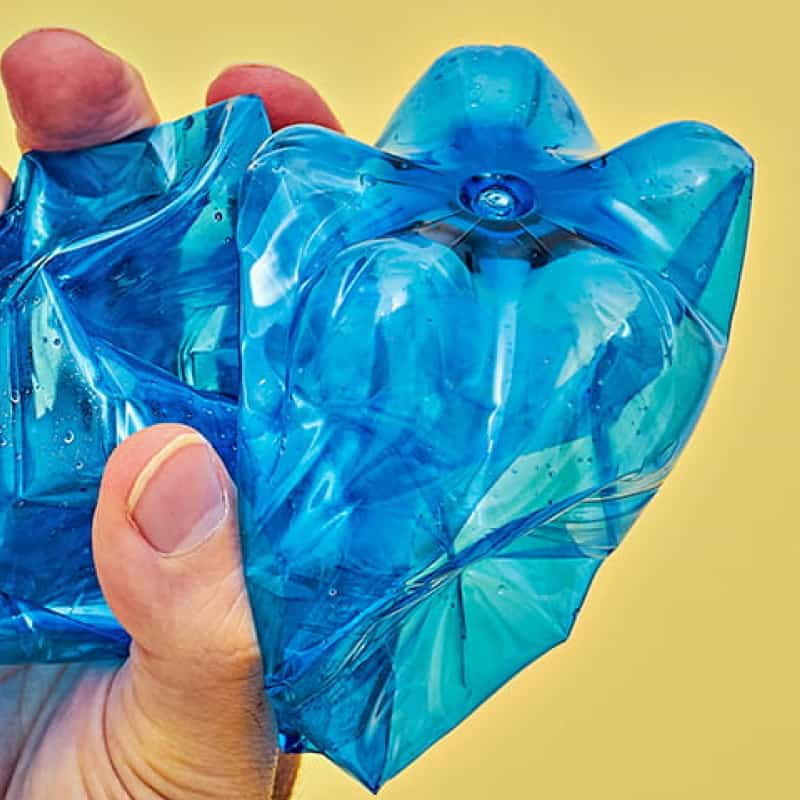
What is BPA?
BPA has been a buzz word for almost two decades now, due to its possibly devastating effects on human health. BPA is a chemical used in various plastics and resins that was found to be durable, mould-able, and almost unbreakable, initially being used in electrical appliances and fuse boxes. It was given the go-ahead in 1960 for use in the food packaging industry, and we never looked back. It is used to make a variety of products from water bottles, Tupperware, receipts, printer paper, baby bottles and food containers. Although these are the main types of products you might find BPA in, it can be found in smaller quantities in many more.
So What’s All the Fuss About?
Multiple studies have shown that when BPA in used to package food or liquids (water bottles, coke cans, tins) it leaches into whatever the package contains. This makes its way into our bodies and even small doses can cause some nasty effects such as reproductive disorders, heart disease, type 2 diabetes, cancer and asthma. In the case of asthma, even fairly routine, low doses of BPA in children increases the odds of developing asthma and respiratory disease. So yeah, it’s not great.

The Good News
BPA has been banned for certain uses. Specifically in baby bottles and formula packaging, as children are much more likely to feel the negative effects of BPA consumption.
Environmental Impact
BPA can often find its way into the soil and food sources of animals, leading to many of the same problems that you might find in humans. In particular problems with development and fertility can have detrimental effects on ecosystems and the environment. (Find out what e-Surgery is doing to be an environmentally friendly pharmacy)
What Can You do to Reduce Exposure to BPA?
Although the use of BPA is much less than it was, it can still be found in up to 90% of the population. Some ways to prevent exposure are:
• Reduce the use of canned or tinned food, even though most companies now use BPA alternatives there is still a risk of exposure, particularly with older canned food
• Don’t microwave food in plastic containers
• Choose products with a ‘BPA free’ logo
• Avoid the risks of reusing a plastic bottle by purchasing a glass or metal alternative
Changing the way we use plastic
BPA is seeing a decline it its use, and you will often see a ‘BPA free’ logo on a lot of plastic products. As of 2020 BPA will be banned in the use of thermal paper (which is used for a lot of receipts), in a step to reduce everyday exposure to BPA. We have already taken steps to make sure our packaging is safe, secure and fully recyclable (find out how), including being 100% BPA free. This includes all stickers, information leaflets, and any plastic that your product may contain (such as inhalers).
Further Reading
- The Facts About Bisphenol A | WebMD
- Is BPA-Free Plastic Safe? | National Geographic
- What is BPA And Why Is It Bad For You? | healthline








